
Dr. Maureen Kendrick
Professor
Deputy Department Head
LITR Coordinator
she / her / hers
Digital literacies
English language arts
Identity
Instructional approaches
International issues/perspectives
Literacy education
Multiliteracy and multimodality
Biography
Maureen Kendrick is a professor in the Department of Language and Literacy Education at the University of British Columbia. Her research examines literacy and multimodality as integrated communicative practices, and addresses a range of social and cultural issues in diverse contexts. She has a particular interest in visual communication and communicative repertoires, and has conducted research in various geographic locations in East Africa and Canada focused on women and girls, child-headed households, and students with refugee experiences. Her current research focuses on understanding the potential of digital multimodal composing (DMC) for disciplinary literacies for newcomer, multilingual learners.
Projects
Digital Multimodal Composing-To-Learn: Perspectives, Practices, and Possibilities for Multilingual Learners
SSHRC Insight Grant 2025-2029 (Principal investigator: Maureen Kendrick; Co-investigator: Margaret Early)
Language and Literacy Learning Among Refugee and Migrant Background Children and Youth in Canadian Classrooms
http://studentrefugee-literacies.com/
SSHRC Insight Grant (Principal investigator: Maureen Kendrick; Co-investigators: Margaret Early (UBC), Saskia Stille (York), Shelley Taylor (Western))
Awards & Honours
Canadian Committee for Graduate Students in Education (CCGSE) Mentorship Award, 2024
Killam Teaching Prize, 2012-13
Selected Publications
A * next to the name indicates graduate student author
BOOKS AND SPECIAL ISSUES
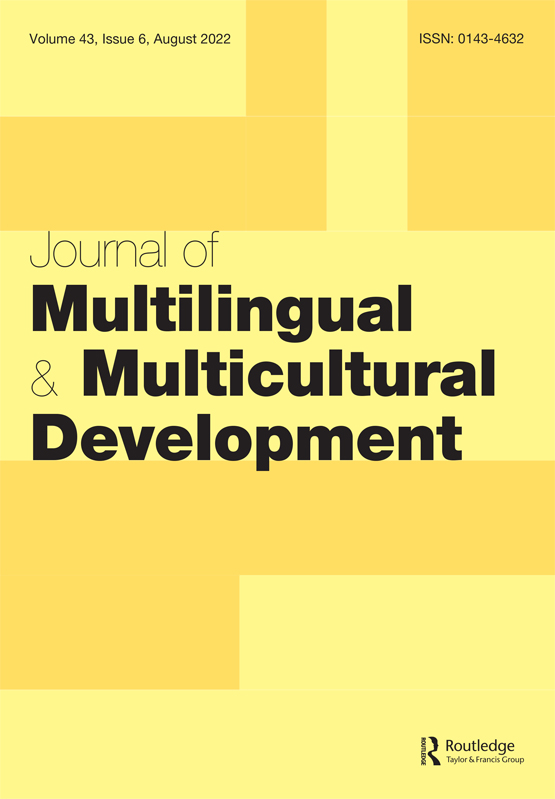

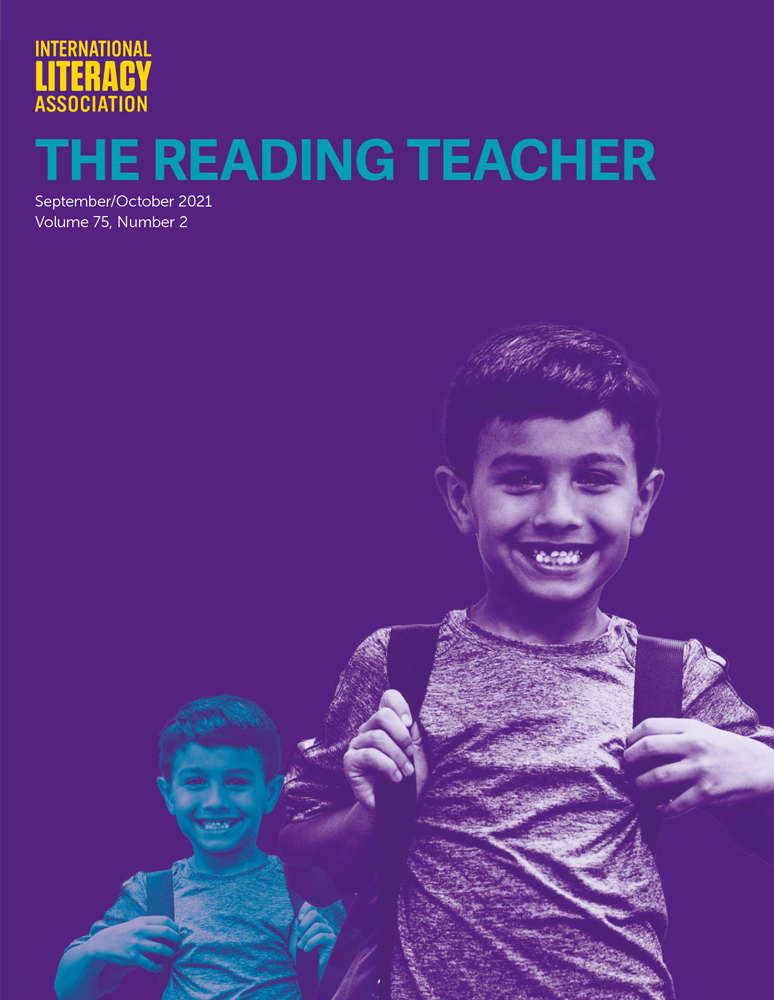

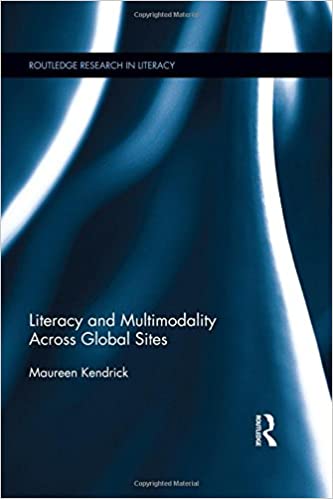
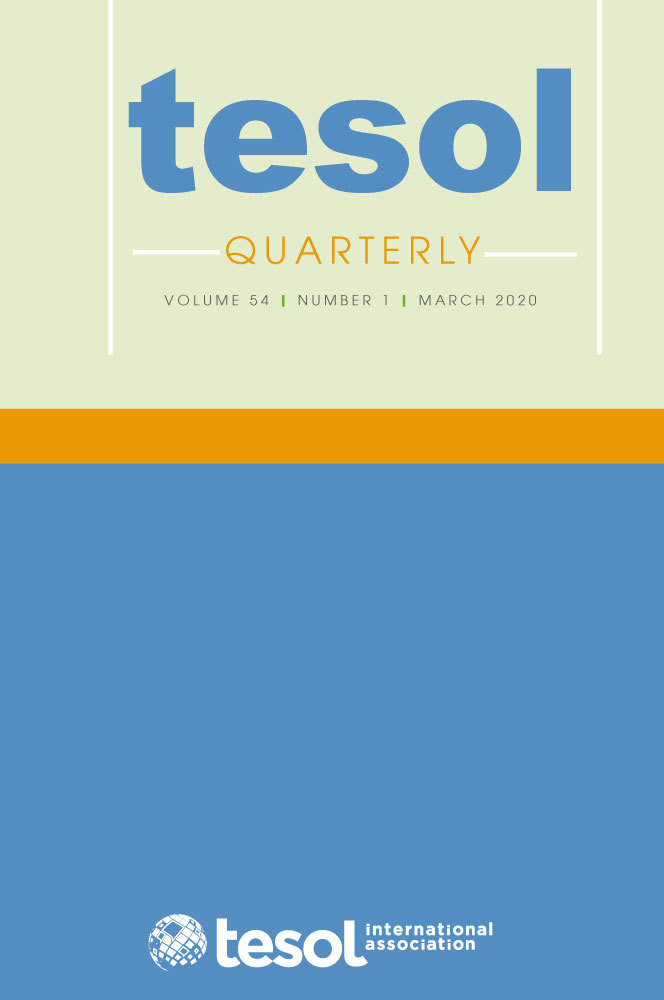
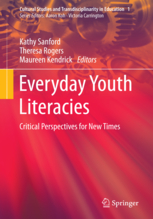

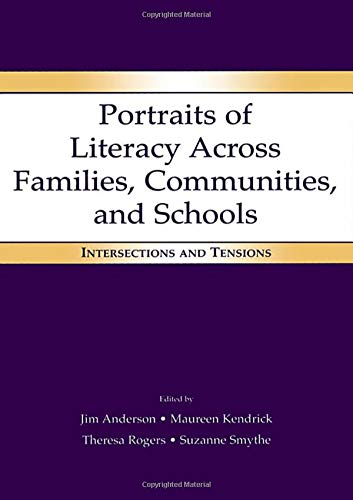

SELECTED JOURNAL ARTICLES AND CHAPTERS
Early, M., Kendrick, M., & Potts, D. (2015). Introduction. Multimodality: Out from margins of English language teaching. TESOL Quarterly, 49(3), 447-460 (guest editors).
*Namazzi, E., & Kendrick, M. (2014). The use of multilingual cultural resources in child-headed households in Uganda. Journal of Multilingual and Multicultural Development, 35(7), 724-737.
Kendrick, M., Early, M., & *Chemjor, W. (2014). Youth literacies in Kenya and Canada: Lessons learned from a global learning network project. In K. Sanford, T. Rogers, & M. Kendrick. Everywhere, everyday: Youth literacies in new times. Springer Publishers.
Kendrick, M., & Rowsell, J. (2013). The visual turn: Transitioning into visual approaches to literacy education. In Susan Elliot-Johns & Daniel Jarvis (Eds.), Perspectives on transitions in schooling and instructional practice (pp. 320-346). Toronto, ON: University of Toronto Press. (26 ms. pages).
*Abiria, D., Early, M., & Kendrick, M. (2013). Plurilingual pedagogical practices in a policy constrained context: A rural Ugandan case study. TESOL Quarterly, 47(3), 567-590.
*Andema, S., Kendrick, M., & Norton, B. (2013). Digital literacy in Ugandan teacher education: Insights from a case study. Reading & Writing, 4(1), 8 pages.
Kendrick, M., Early, M., & *Chemjor, W. (2013). Integrated literacies in a rural Kenyan girls’ secondary school journalism club. Research in the Teaching of English. (Special issue on writing in international contexts), 47(4), 391-419. [article received the NCTE 2013 Alan C. Purves Award]
Rowsell, J., & Kendrick, M. (2013). Boys’ hidden literacies: The critical need for the visual. Journal of Adolescent and Adult Literacy, 56(7), 587-599.
Kendrick, M., Rowsell, J., & *Collier, D. (2013). New literacies in Canadian classrooms: Introduction. Language & Literacy, 15(1).
Kendrick, M., & Kakuru, D. (2012). Funds of knowledge in child-headed households: A Ugandan case study. Childhood: A Journal of Global Child Research, 19(3), 397-413.
Kendrick, M., *Chemjor, W., & Early, M. (2012). ICTs as placed resources in a rural Kenyan secondary school journalism club. Language & Education, 26(4), 297-313.
Kendrick, M. (2011). Playing house: A sideways glance at literacy and identity in early childhood. In K. Pahl & J. Rowsell (Eds.), Major Works in Early Childhood Literacy (pp. 47-69). Sage: Thousand Oaks, CA. [reprint]
Kendrick, M., & McKay, R. (2011). Drawings as an alternative way of understanding young children’s constructions of literacy. In K. Pahl & J. Rowsell (Eds.), Major Works in Early Childhood Literacy (pp. 261-283). Sage: Thousand Oaks, CA. [reprint]
*Mutonyi, H., & Kendrick, M. (2011). Cartoon drawing as a means of accessing what students know about HIV/AIDS: An alternative method.Visual Communication Journal, 10(2), 231-249.
Kendrick, M., Rogers, T., Toohey, K., Marshall, E., *Mutonyi, H., *Hauge, C., Siegel, M., & Rowsell, J. (2010). Experiments in visual analysis: (Re)positionings of children and youth in relation to larger sociocultural issues. In R. T. Jiménez, V. J. Risko, D. Wells Rowe, & M. K. Hundley (Eds.). 59th National Reading Conference Yearbook (pp. 395-408). National Reading Conference.
*Mutonyi, H., & Kendrick, M. (2010). Ugandan students’ visual representations of health literacies: A focus on HIV/AIDS knowledge. In C. Higgins & B. Norton (Eds.), Language and HIV/AIDS (pp. 38-62). Clevedon, UK: Multilingual Matters.
Kendrick, M., *Jones, S., *Mutonyi, H., & Norton, B., (2010). Using drawing, photography, and drama to enhance English language learning in Uganda. In M. Dantas-Whitney & S. Rilling (Eds.), Authenticity in the language classroom and beyond: Children and adolescent learners (pp.181-197). TESOL: Alexandria, VA.
*Andema, S., Kendrick, M., & Norton, B. (2010). ICT, cultural knowledge, and teacher education in Africa. In F. Sudweeks, H. Hrachover, & C. Ess (Eds). Proceedings of the 7th International Conference on Cultural Attitudes Towards Technology and Communication 2010 (pp. 450-457). Murdoch University: Mudoch, Australia.
Kendrick, M., McKay, R., & *Mutonyi, H. (2009). Making the invisible visible: Assessing the visual as spaces of learning. In A. Burke & R. Hammett (Eds.), Assessing new literacies (pp. 55-75). New York, NY: Peter Lang.
Kendrick, M., & McKay, R. (2009). Researching literacy with young children’s drawings. In M. Narey (Ed.), Making meaning: Constructing multimodal perspectives of language, literacy, and learning through arts-based early childhood education (pp. 53-70). New York, NY: Springer.
Kendrick, M. (2009). Taking attendance and other rules of Kindergarten: A child’s perception of school literacy. In L. Iannanni & P. Whitty (Eds.), Early childhood curricula: Reconceptualist perspectives (pp. 197-216). Calgary, AB: Detselig.
*Mutonyi, H., & Kendrick, M. (2009). Ugandan students’ visual representation of HIV/AIDS knowledge. In C. Higgins & B. Norton (Eds.), Applied linguistics in the field: Local knowledge and HIV/AIDS: Vol. Critical language and literacy studies (pp. 38-62). Clevedon, UK: Multilingual Matters.
Kendrick, M., & *Jones, S. (2008). Girls’ visual representations of literacy in a rural Ugandan community. Canadian Journal of Education, 31, 371-402.
Hayden, R., & Kendrick, M. (2008). Understanding emergent literacy. Foundational training in family literacy: Practitioners’ guide. 2nd Ed. National Literacy Secretariat and Centre for Family Literacy Publication.
Reeder, K., Shapiro, J., Early, M., Kendrick, M., & Wakefield, J. (2008). Listening to Diverse Learners: The Effectiveness and Appropriateness of a Computer-based Reading Tutor for Young Canadian Language Learners. Handbook of research on computer-enhanced language acquisition and learning. Hershey, PA: IGI.
Kendrick, M., & *Mutonyi, H. (2007). Meeting the Challenge of Health Literacy in Rural Uganda: The Critical Role of Women and Local Modes of Communication. Diaspora, Indigenous, and Minority Education, 1(4), 265-283.
Kendrick, M., & Hissani, H. (2007). Letters, literate identities, and imagined communities: Perspectives from rural Ugandan women. Journal of Literacy Research, 39(2), 195-216.
Kendrick, M., *Jones, S., *Mutonyi, H., & Norton, B.(2006). Multimodal pedagogies in English language learning in rural Uganda. English Studies in Africa, 49(1), 95-114.
Kendrick, M. (2005). Let’s play teacher: A child’s perceptions of school literacy. Scientia Paedagogica Experimentalis, XLI(2), 175-190.
Kendrick, M. (2005). Playing house: A sideways glance at literacy and identity in early childhood. Journal of Early Childhood Literacy, 5(1), 5-28.
Kendrick, M., McKay, R., & *Moffatt, L. (2005). The performance of self in children’s drawings of home, school and community literacies. In J. Anderson, M. Kendrick, T. Rogers, & S. Smythe (Eds.), Portraits of literacy across families, communities, and schools: Intersections and tensions (pp. 185-204). New Jersey: Lawrence Erlbaum.
Kendrick, M., Rogers, T., *Smythe, S., & Anderson, J. (2005). Portraits of literacy: An introduction. In J. Anderson, M. Kendrick, T. Rogers, & S. Smythe (Eds.), Portraits of literacy across families, communities, and schools: Intersections and tensions (pp. 1-17). New Jersey: Lawrence Erlbaum.
Reeder, K., Shapiro, J., Early, M., Kendrick, M., & *Wakefield, J. (2005). The role of L1 in young multilingual readers’ success with a computer-based reading tutor. Conference proceedings: Fifth international seminar on bilingualism (ISB5). Barcelona, Spain.
Kendrick, M., & McKay, R. (2004). Drawings as an alternative way of understanding young children’s constructions of literacy. Journal of Early Childhood Literacy, 4(1), 109 – 128.
Kendrick, M., & McKay, R. (2003). Revisiting children’s images of literacy. Language & Literacy, 5(1), 1 – 17.http://educ.queensu.ca/~landl/index.htm.
Kendrick, M., Anderson, J., *Smythe, S., & McKay, R. (2003). What images of family literacy reveal about family literacy practices and family literacy programs. In C. Fairbanks, J. Worthy, B. Maloch, J. Hoffman, & D. Schallert (Eds.), National Reading Conference Yearbook: Vol. 52 (pp. 245-271). Oak Creek, Wisconsin: National Reading Conference, Inc.
Goelman, H., Anderson, C.J., Anderson, J., Gouzouasis, P., Kendrick, M., Kindler, A., Porath, M., & Koh, J. (2003). Early childhood education. In W.M. Reynolds & G.E. Miller (Eds.), Comprehensive handbook of psychology: Vol. 7. Educational Psychology (pp. 285-331). New York: John Wiley & Sons.
Kendrick, M., & McKay, R. (2002). Uncovering literacy narratives through children’s drawings: An illustrative example. Canadian Journal of Education, 27(1), 45-60.
Hayden, R., & Kendrick, M. (2002). Understanding emergent literacy. Foundational training in family literacy: Trainers’ guide. National Literacy Secretariat and Centre for Family Literacy Publication.
McKay, R., & Kendrick, M. (2001). Images of literacy: Young children’s drawings about reading and writing. Canadian Journal of Research in Early Childhood Education, 8(4), 7-22.
McKay, R., & Kendrick, M. (2001). Children draw their images of reading and writing. Language Arts, 78(6), 529-533.
Parrila R.K., Das, J.P., Kendrick, M., E., Papapoulos, T.C., & Kirby, J. (2000). Efficacy of cognitive reading remediation program for at-risk children in grade 1. Journal of Cognitive Education and Psychology, 1(2), 114-139.